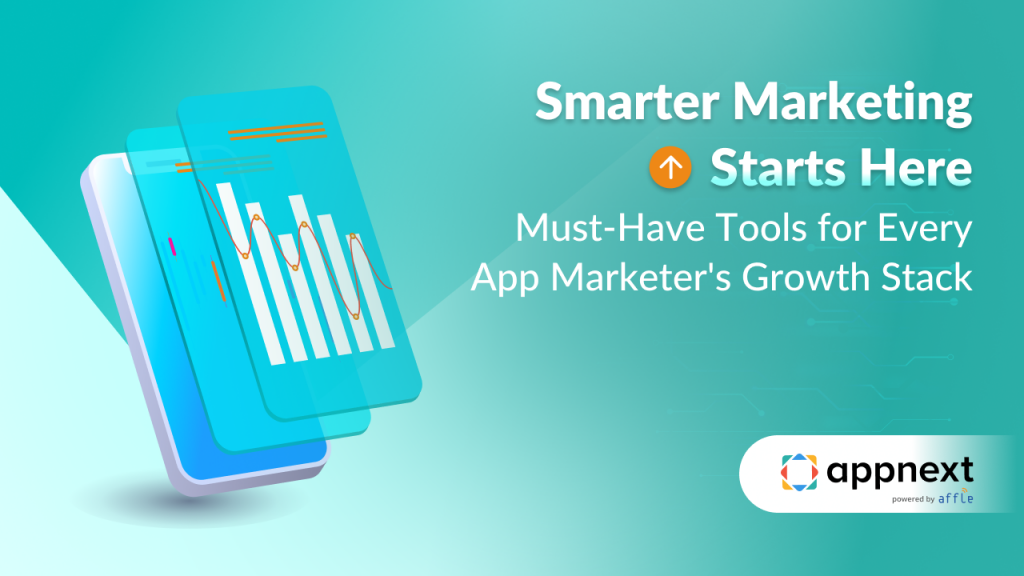
The Morning I Got the Call
It was 8:43 AM on a Tuesday when I got the message:
“We’re launching the new app next month. It’s yours to market.”
Excitement. Pressure. And then a question: What would I actually need to do this right?
If I Were Launching an App, This Is the Marketing Stack I Would Build
Marketing an app in 2025 isn’t about throwing money at ads. It’s about building a lean, smart stack that helps you reach the right users, at the right moment, in the right way.
So I opened a fresh planning board and got to work—mapping out the exact tools I’d use, from campaign planning to creative production, from automation to app discovery.
1. Project & Campaign Management
Before anything goes live, clarity is key. Project management platforms like Notion, Asana, or ClickUp become my campaign headquarters.
Here, I draft the UA strategy, map creative concepts, plan A/B tests, and organize my release timeline. Collaboration is seamless—designers, content leads, and product managers are all in sync.
2. Storefront Optimization & A/B Testing
People don’t just download apps—they judge them first.
Storefront testing platforms like SplitMetrics, Storemaven, or Geeklab let me evaluate different icons, screenshots, and messaging variations for my App Store and Google Play pages. What works here informs my ad creatives everywhere else.
Because even the best campaign will fall flat if the store page doesn’t convert.
3. Visual Content Creation
Next up: visuals.
No time to wait on an agency, no problem. Design tools like Canva, Figma, or Adobe Express give me the power to produce sleek ad creatives in hours, not days. Whether it’s static units for discovery channels, video ads for social platforms, or onboarding screens for the app itself, I can test and tweak at scale.
4. Copywriting & Messaging Optimization
Design draws users in, but copy makes them click.
AI-powered writing assistants like Grammarly, Copy.ai, or Jasper become my silent editors, sharpening every CTA, push notification, and app store description. They ensure the brand voice is clear and conversion-ready—even in 50 characters or less.
5. Predictive App Discovery Channels
This isn’t just about search or ads. It’s about being present in moments that matter. Discovery platforms like Appnext, Glance, or Branch use contextual AI to allow my app to show up as intelligent suggestions throughout a user’s mobile journey—as they unlock their phones, finish calls, or connect to Wi-Fi.
This is proactive, on-device discovery. Subtle, intuitive, deeply personal. It reaches users at more than 20 meaningful moments in their day. While other channels are crowded and reactive, this gives me a scalable and cost-effective edge.
6. Workflow Automation
Behind every campaign is a dozen tiny tasks.
Automation tools like Zapier, Make (formerly Integromat), or Tray.io link performance data to Slack, push test results to spreadsheets, and ping the team when milestones are hit. Time saved? Hours. Mistakes avoided? Many.
7. Performance Analytics & Reporting
Now it’s time to visualize success.
Real-time dashboard tools like Google Looker Studio, Tableau, or Databox help me monitor CPI, CTR, ROAS, and retention. I build dedicated views to show how predictive discovery is driving not just installs, but meaningful engagement.
Suddenly, reports aren’t just updates—they’re strategy sessions.
8. Paid Social & Retargeting
Even in 2025, paid social remains a powerhouse—especially when layered with insights from predictive discovery.
I use platforms like Meta Ads Manager, TikTok Ads, or Snapchat Ads to run retargeting, launch audience tests, and build pre-launch buzz. Combined with moment-based placements, it creates a holistic, full-funnel strategy.
Why This Stack Works
Each category plays a unique role. But it’s how they connect that matters.
Project management gives structure.
Design and copy tools bring speed to creative.
Storefront testing ensures conversion-ready pages.
Predictive discovery drives installs before search.
Automation and analytics streamline and inform.
Social fills the retargeting gap.Together, this isn’t just a tech stack. It’s a growth strategy.
Conclusion: Growth Starts Before the Download
If I had to start again tomorrow, this is how I’d do it.
Not just by spending big, but by thinking smart. By meeting users before they search. By building a system that learns, scales, and evolves with every install.
And if I had to choose one tool that silently drives the biggest impact?
Appnext-the engine that powers predictive, personalized discovery.
Because in today’s mobile world, it’s not about who shouts the loudest.
It’s about who shows up at the right time.


Comments are closed.